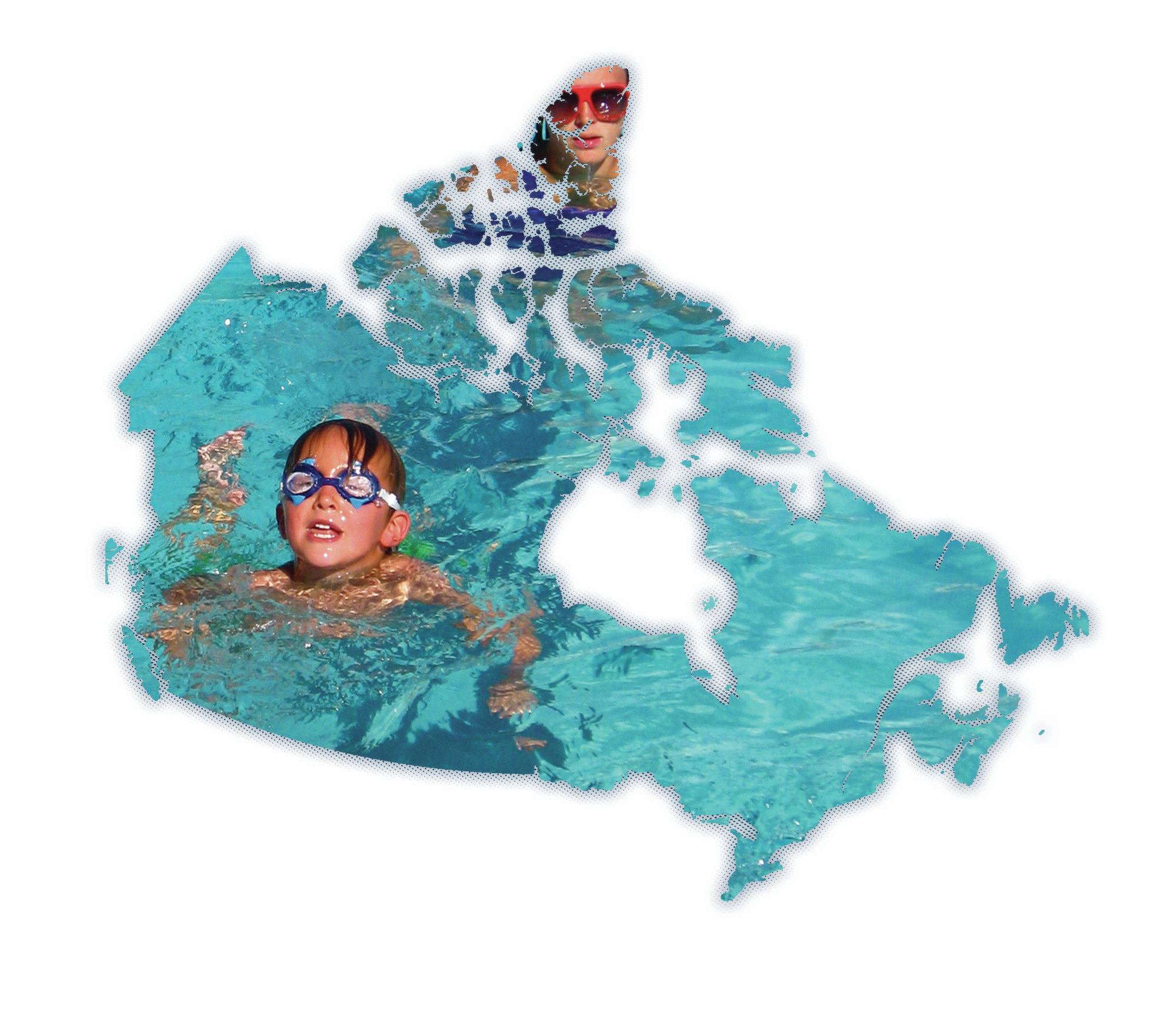Canadian municipalities are rethinking their swimming pool rules.
Earlier this year, the Pool & Hot Tub Council of Canada introduced a model bylaw that local governments can adopt whole, or use in parts, to tighten up existing regulations. The organization began advocating for uniform safety measures after noticing a spike in drowning deaths in recent years.
PHTCC presented its findings to 75 of the nation’s largest communities. Now several cities are rolling out stricter pool safeguards.
While many municipalities require backyard pools to be enclosed behind fences, Ottawa, Ontario, for example, takes it a step further: For new fences to meet code, chain links cannot exceed 1.5 inches and wood-built barriers must be of vertical construction, making it more difficult for kids to get a foothold.
Ottawa also now requires that gates accessing pools must be locked instead of simply lockable, and that sturdy temporary fences be erected around new installations. Those are several of PHTCC’s recommendations that have been made law.
The 10-page model bylaw includes input from a variety of sources, including builders, sister organizations and civic services throughout Canada and beyond. France, for example, helped shape proposed standards for pool enclosures.
“We’ve garnered things from different communities across the country, and we thought it would be handy to have all of this in one package,” said Robert Wood, PHTCC’s executive director.
Proposed measures go beyond physical barriers. The model bylaw calls for a multi-pronged approach to swimming pool safety that includes alarms, first-aid training and a poolside telephone for emergencies. “We’re promoting a layered approach to safety,” said Wood, “with adult supervision serving as the backbone.”
While it’s relatively easy to enforce building codes, regulating human behavior is another matter. That’s why PHTCC encourages local governments to educate communities about water safety. Wood points to London, Ontario as a city that’s doing a superb job of raising public awareness through radio spots, fliers and ads splashed across city buses.
The city of Guelph in southwestern Ontario also is on the cusp of amending its decades-old bylaws, using PHTCC’s model as a guide. Current bylaws there call for 5-foot- tall fence around a pool and a lockable cover on a hot tub. Adrian van Eck, supervisor of inspections, is interested in the possibility of tacking on several more safeguards, such as mandating signs that outline pool safety rules and sensors that trigger alarms when people approach the pool.
“I can think of one situation when a child fell into a pool while the babysitter was on the duty,” van Eck said. “Having those few extra measures in place, I think, is really going to help mitigate risk.” He’d like to see neighboring cities adopt similar rules. “That way we’re taking a regional approach to this, as opposed to city by city.”
Pool professionals welcome a uniform building code. “Sometimes we’re caught looking like we don’t know what we’re talking about when we say a fence has to be 5 feet high. Then someone points out, ‘Oh, well, we’re across the dividing line here. This is a different township,’ ” said Jeff Benson, a pool builder in Ottawa.
Of course, no proposed amendment is without controversy. Some communities are debating the issue of four-sided fences. Can a house, or other structure, serve as a “fence side?” Some municipalities have ruled “yes,” while others are advocating for a more strict definition of a pool enclosure. “I have mixed feelings,” Benson said. “People say that a four-sided fence detracts from the appearance of the backyard, and that makes sense. … [However], I’ve lived in homes where we’ve had both of those situations. I didn’t think one was more aesthetically pleasing over the other.”
Besides, physical barriers are only so effective. “Do I agree that there need to be safer measures? Absolutely, but if kids want to get over a fence, they’ll get over it,” said Ian Crawford of Ottawa’s Total Fence.



